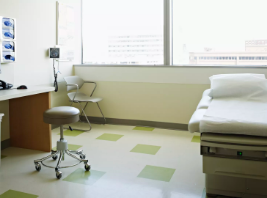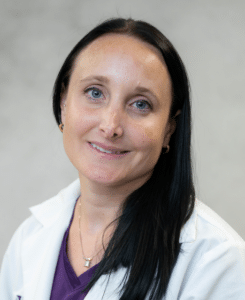Adenomatous polyps — Two-thirds of colon polyps are adenomas (hence the polyp is termed “adenomatous”). Most of these polyps do not develop into cancer but they do have the potential to become malignant. Adenomas are classified by their size, general appearance, and their specific features as seen under the microscope. As a general rule, the larger the adenoma, the more likely it is to eventually become a cancer. In addition, large adenomas may already have cancer contained within them. As a result, your doctor will usually try to biopsy (obtain a sample) or remove the polyp so that it can be examined under the microscope.
Meet Our Providers
Our Gastroenterology Centers in NJ
Hillsborough, NJ
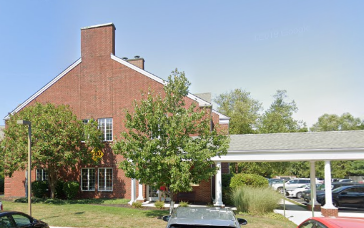
511 Courtyard Drive Bldg. 500
Hillsborough, NJ 08844
Somerville, NJ

Warren, NJ
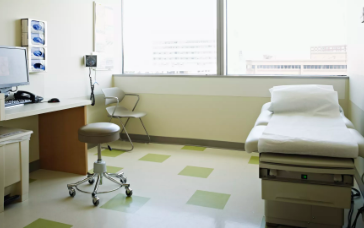
31 Mountain Boulevard Suite H
Warren, NJ 07059
Recent Blogs
Learn more about all things digestive health and wellness by checking out our recent gastroenterology blogs.
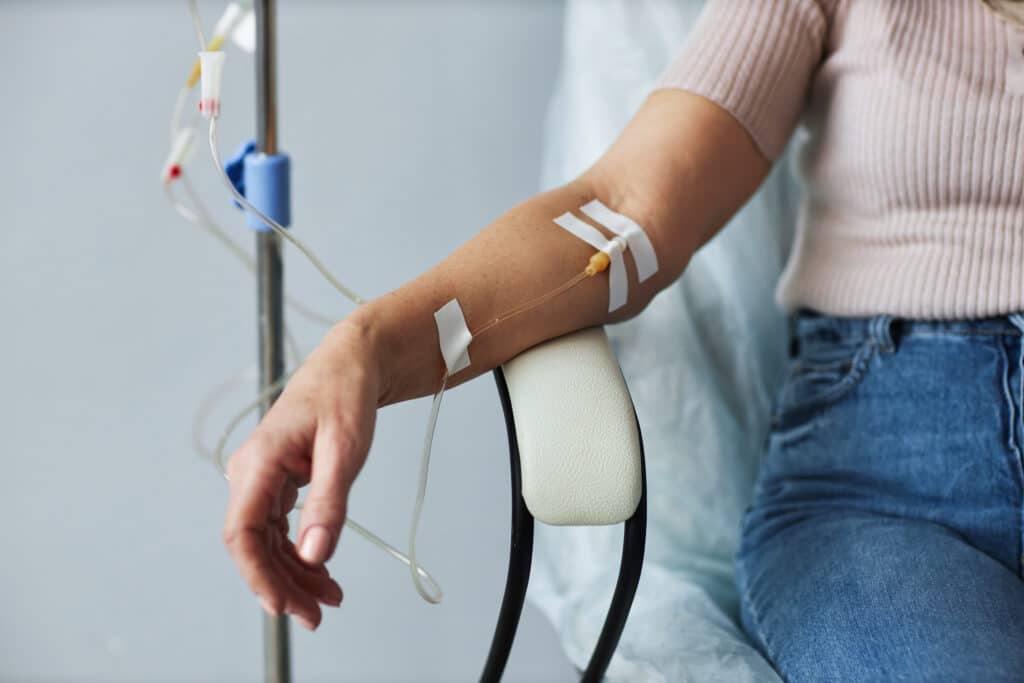
Infusion therapy has become a vital treatment option for individuals with Crohn’s disease, offering relief when traditional medications may fall short. This method delivers medication directly into the bloodstream, providing quicker and more targeted effects to help manage inflammation, reduce symptoms, and improve quality of life. For those with moderate to severe Crohn’s disease, infusion […]

The Advancement of Ulcerative Colitis Treatment Ulcerative colitis (UC) is a chronic inflammatory bowel disease (IBD) that affects the lining of the colon and rectum. Those diagnosed with UC often experience flare-ups that can significantly impact their quality of life. Fortunately, advancements in medical treatment have made managing this condition more achievable. One option is […]
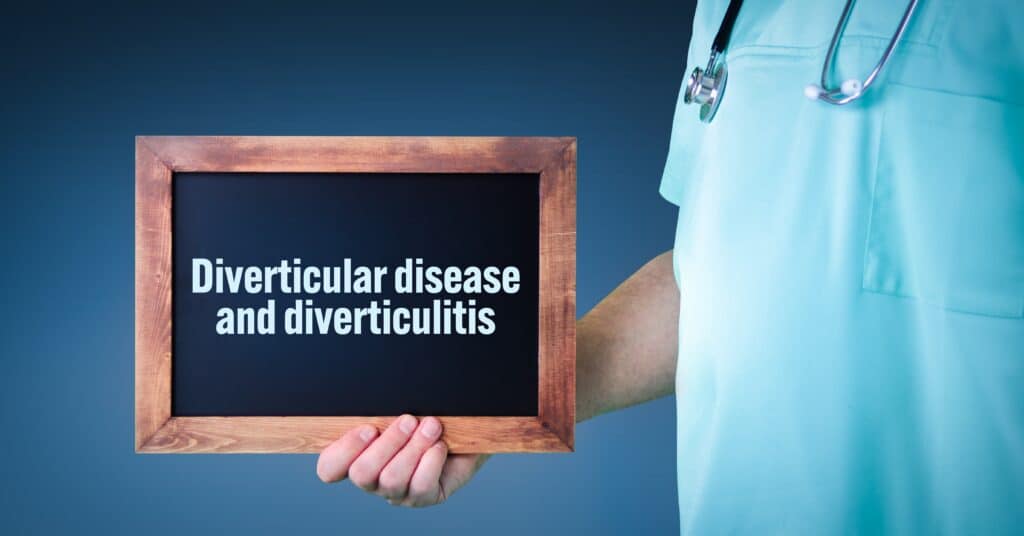
Diverticular disease and diverticulitis are related digestive health conditions that affect the large intestine (colon). With diverticular disease, small, bulging pockets develop on the lining of the colon. When these pockets become inflamed or infected, the condition is called diverticulitis. They are very common – especially after age 40 – and rarely cause problems. At […]














